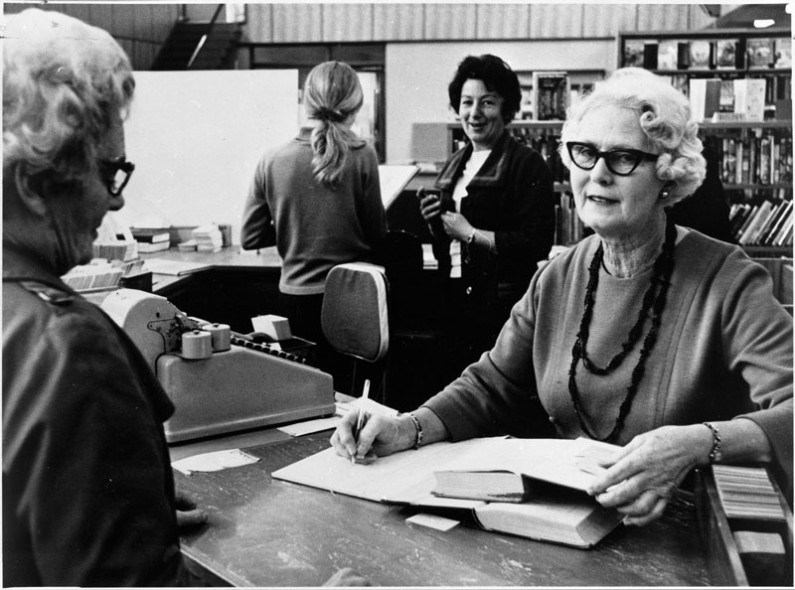The first hundred years of Hamilton's library

Books were scarce in early colonial New Zealand. Most arrived by ship, and the first titles printed locally were government documents or church publications. Despite this, reading, poetry, and music were popular pastimes, and the demand for libraries quickly grew.
Hamilton’s first attempt came in 1870 with the establishment of a Mechanics Institute, offering books, newspapers, a warm reading room, and even games. But only 10% of the town’s 666 residents subscribed, and the venture struggled. In 1874, the reading room burned down, and soon after, it was discovered that the secretary had misappropriated funds, leaving the Institute in debt.
Undeterred, locals continued their efforts. A new group, the Hamilton Literary Association was formed in 1876, operating out of a pastry and refreshment shop. It too struggled with low membership and a shortage of books. By 1884 a reading room and lending library opened in the former tollhouse on the Traffic Bridge and operated on a shoestring budget. The librarian lived on site in one of the tiny rooms. After the former toll bridge building was deemed unfit for a library, a campaign to raise money for a new building began. In 1883 a proposal by Council to levy a library rate was rejected. The following year each Borough Councillor donated £1.00 from their own pockets towards the establishment of a public library. This again raised the interest of the community, and more subscriptions were received to help.
The 1877 Public Libraries Subsidies Act – which offered an annual grant to libraries provided they offered free entry – was adopted in 1888. In practice, patrons were charged a subscription of five shillings per annum. Hamilton’s first official public library was funded with a mixture of subscriptions, donations, grants, and the building was given free of charge by the Borough Council, but the library was once again short of funds. The Comus Dramatic Club gave benefit performances and further donations were sought, but by 1896 the library was deteriorating, and a public protest was held.
By 1899, a new library opened, the first one specifically designed to be a library, located on Victoria Street, just before Wharf Junction now Grantham Street. Although not huge it was well regarded and a great step forward for the growing borough with a book room and separate reading room available. The library was financially secure but there was still an issue with the lack of space available.
Andrew Carnegie, a Scottish-American philanthropist, believed public libraries should be free and open to all, an ideal that challenged the subscription-based model common at the time. When his library grants became available, Hamilton Borough Council eagerly applied. Carnegie approved £2000 on the condition that the library remain free, and the council committed to funding its upkeep. In practice, however, borrowers still had to pay an annual fee. Although a local petition requested the library be built closer to residential areas, a central Victoria Street location, opposite Garden Place was chosen. Opened in 1908 by Premier Sir Joseph Ward, the library featured a coal fire, large newspaper room and 598 books.
As Hamilton’s population grew, library membership lagged. Only 94 new patrons joined between 1906 and 1913. When Librarian Miss Carey resigned in 1912, the committee initially sought a married man whose wife could clean. But with no male applicants, assistant Miss Gibson was promoted. The library remained open through World War I, closing only briefly in January 1919 due to the influenza epidemic. During the Depression, council funding was cut, and competition for jobs soared, 63 people applied for an assistant role.
By the 1950s, Hamilton’s libraries had fallen behind national standards. Subscription fees remained, and many saw books as a low priority compared to roads or sewerage. Eventually, the decision was made to remove subscriptions and make the library truly free.
In 1960, the library moved into a wing of the council’s new Worley Street administration building. The old Carnegie building was sold, marking the end of an era - but not of Hamilton’s evolving library story.

Hamilton Public Library, William Paul Hall building, circa late 1980s. Reference - 2023.11.05
